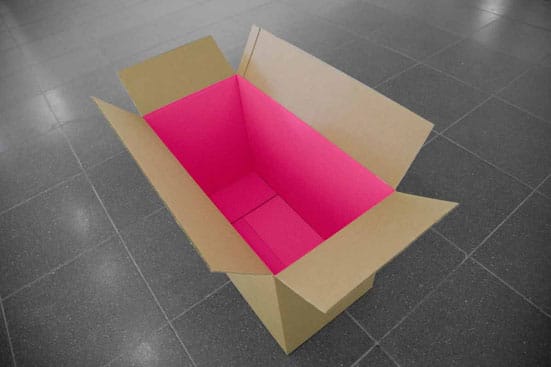17th July 2007 — 2nd September 2007
In
traditional Japanese aesthetics the term yugen refers to the way in
which something slight or suggestive can carry profound meaning; a few
words or brush strokes can evoke a depth of emotion that may be
completely lacking in something which has been laboriously crafted or
is explicit in what it connotes. It also implies a kind of mystery. The
work of Hreinn Fridfinnsson, with its lightness of touch and economy of
materials, is a perfect illustration of this concept. His current
exhibition at The Serpentine Gallery is so subtle in parts that
visitors may miss some of the pieces on display. Painted the same white
as the wall from which it protrudes, a small block of wood renders
itself almost invisible at just above head height. Aptly titled Element
of Doubt (1997), I would have walked straight past had it not been for
the title card lower down. This reductive approach is consistent
throughout and creates a sense that everything has been pared down to
its absolute essence; that it is as pure as it can possibly be.
Fridfinnsson's practice is firmly rooted in the conceptualism and
minimalism of the 1960s and 1970s. With what appear to be simple
gestures, he elevates everyday objects from their banal status to
visually arresting sculptural artefacts. The inside of a cardboard box
is lined with bright pink paper. A collection of stirring sticks are
arranged on a wall in alternating rows of four or five. Each one with a
slightly different combination of paints adhered to its bottom half.
With their function rendered obsolete, the form of these objects and
the spaces they inhabit become the focus of our attention. They are no
longer things to be used but things to be looked at - things to be
meditated upon if our curiosity is sufficient.
Despite the fact that all of the objects exhibited exist as coherent,
self-contained pieces, Fridfinnsson's working process is evident
throughout. There is a kind of transparency, or honesty, that makes the
mechanics of his practice visible in some way. His use of time is
relevant here. Drawing a Tiger (1971), for instance, incorporates two
photographs taken almost twenty years apart. One depicts the artist as
a young boy sat drawing in his native Iceland in 1952, the other as a
young man in Holland re-enacting the first. Many of his pieces take
several years to come to fruition and there is something very
attractive about this slowness of production in our present
speed-obsessed culture.
Folklore and storytelling are also central to Fridfinnsson's work.
Perhaps the most notable piece in this bracket is House Project (1974),
inspired by the tale of an eccentric Icelander who built a house inside
out. Wallpaper, framed pictures and curtains were all mounted on the
exterior of the building; the idea being that they should be
appreciated by everyone, not only visitors but passers by as well. The
artist has stated that what he liked most about this story was the fact
that the house could be seen as a way of turning the whole world inside
out. He built a similar construction on a lava field outside of
Reykjavik and documented the process. It was Fridfinnsson's intention
that the resulting photographs should be the piece of work, not the
house itself. Gradually he began to hear stories of people coming
across this strange building by chance and so it developed a kind of
mythological status in the area. It stood for approximately twenty
years before deteriorating. Today all that remains are a few scattered
objects.
Similarly, Five Gates for the South Wind (1971-2) is another
intervention in the landscape intended as a self-perpetuating myth.
Fridfinnsson built a series of wooden gates along a short stretch of
coastline that were designed to open when the wind came in from the
south. The text that accompanies the photographs of the installation
describes the day on which he built them. 'It was cold and rainy and
the wind blew in from the north. I never saw them again.' It is not
important to see them working as they were intended, or even, to know
if they work at all.
In a recent interview with Hans Ulrich Obrist, Fridfinnsson articulates
the importance of experiment and accident to his practice: 'Most of the
time, the things that turn out to have been of more substance, or have
opened up possibilities, are the result of what you might call luck ...
things go wrong and then some part of it turns out to be exactly the
right thing.' This quotation illustrates one half of a paradox. On the
one hand every single piece of work seems to be exactly as it should be
- that there is no other way it could have been. Yet, at the same time,
the work is so ephemeral that it very easily might never have been made
at all. It is perhaps this incredibly fine line between being and
nothingness that is at the core of Fridfinnsson's practice.
AJL
Serpentine Gallery
Kensington Gardens
London W2 3XA
http://www.serpentinegallery.org/
Open
Daily, 10am-6pm
